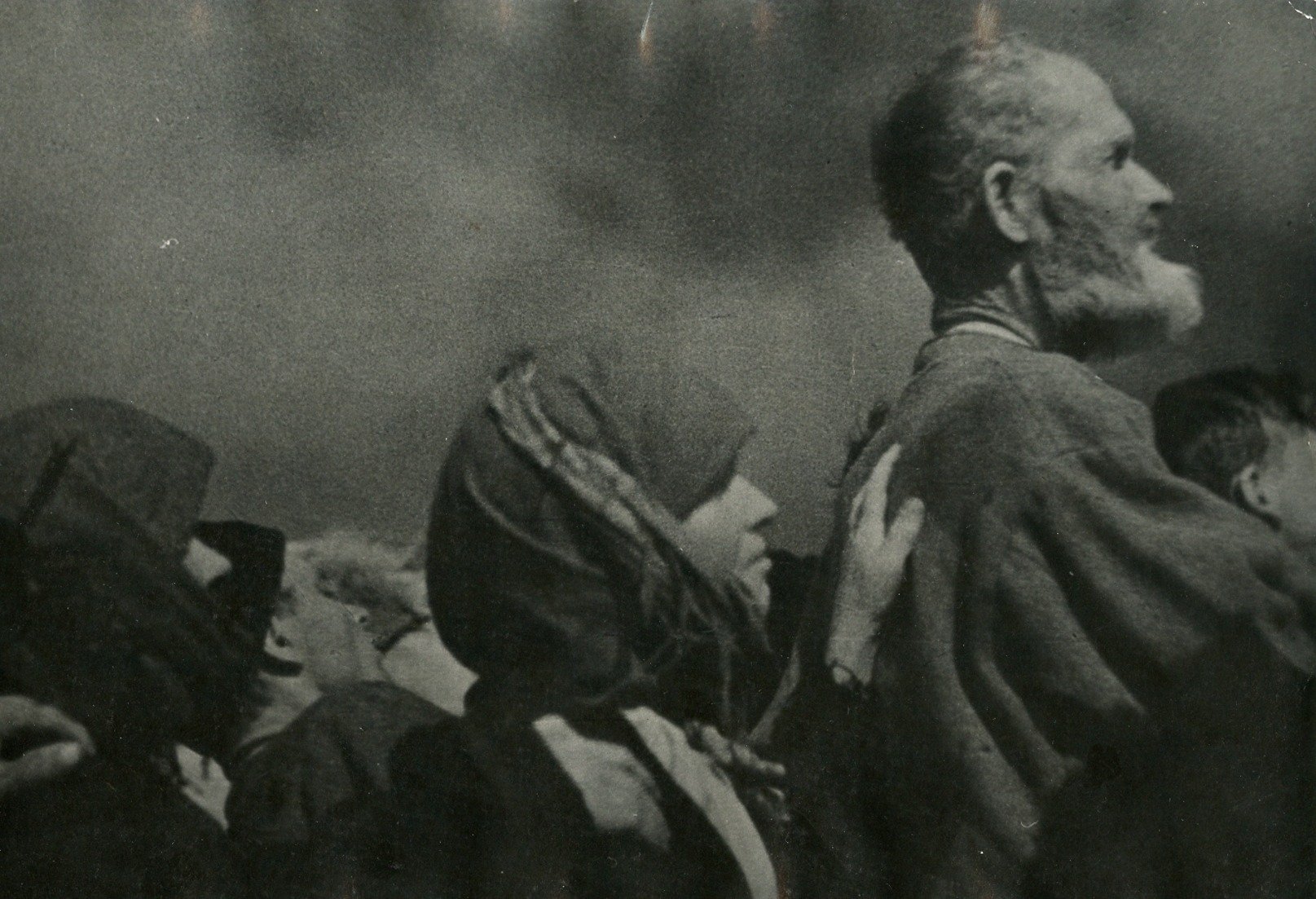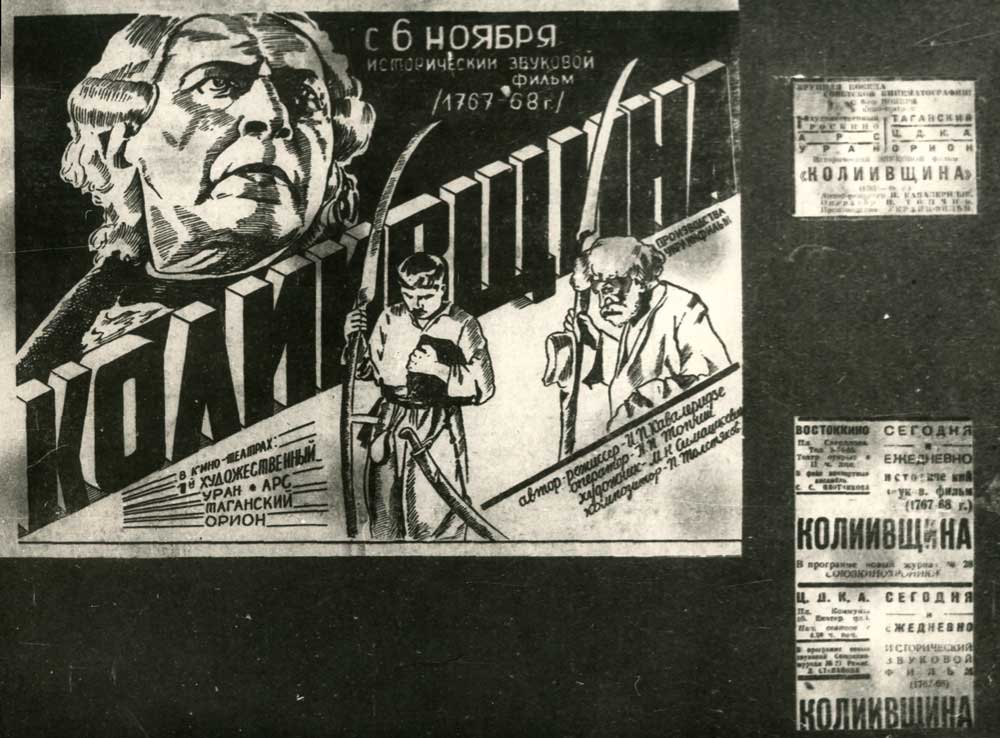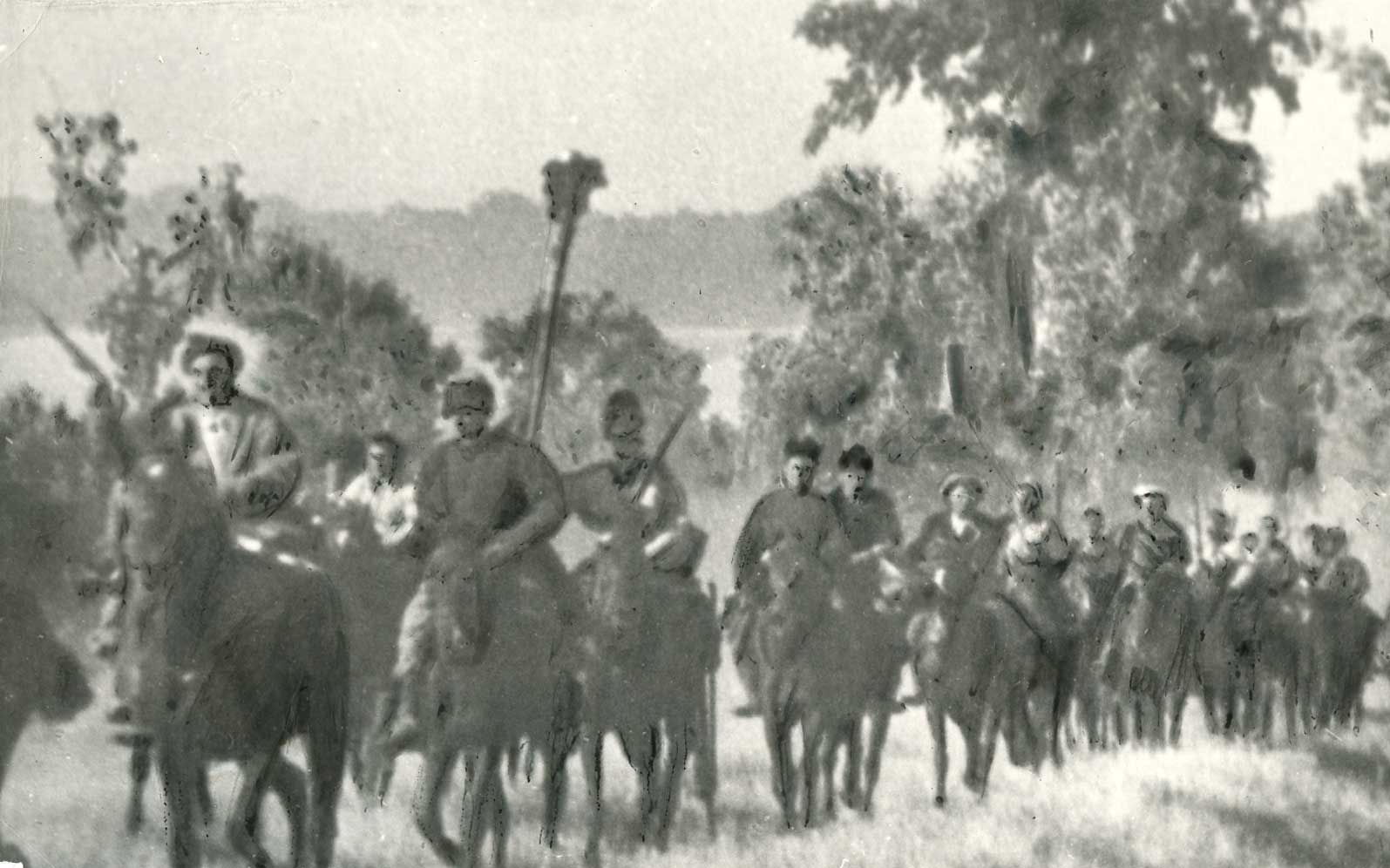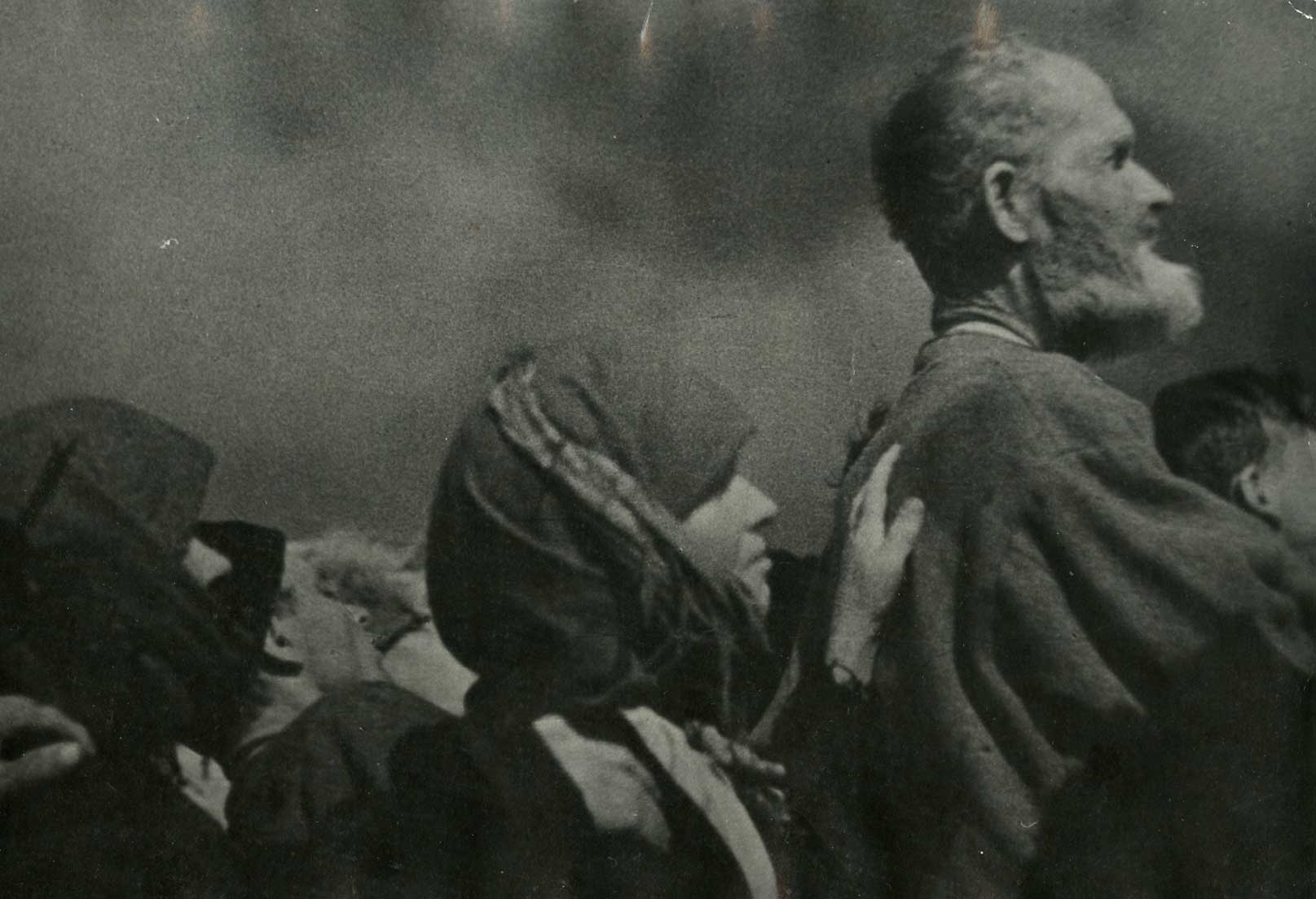
Mass Struggle / Koliivshchyna
1933
Ukrainian SSR
Ukrainfilm (Odesa)
84 min
Ivan Kavaleridze
Ivan Kavaleridze
Mykola Topchii
Oleksandr Serdiuk, Dmytro Shkliarskyi, Ivan Marianenko, Danylo Antonovych, Fedir Radchuk, Polina Niatko, Kateryna Dolia, Mykola Nademskyi, Ivan Tverdokhlib, Marian Krushelnytskyi
The protagonist of the film, Semen Nezhyvyi, is a historical figure, one of the leaders involved in the events known as the Koliivshchyna [Mass Struggle] that occurred in the Right-Bank Ukraine in the 18th century. Outraged by hunger and oppression in his native village, he incites peasants to fight against the landowners and joins other leaders of the Haidamak movement, Ivan Honta and Maksym Zalizniak. Shoulder to shoulder with him fight not only Ukrainian peasants but also Jewish artisans, Polish peasants, and Russian soldiers. However, betrayal from their own elite and a blow from the Russian army put an end to the rebellion.
For the first time, Kavaleridze addressed the theme of peasant uprisings in his debut film Downpour. At that time, his sources of inspiration were not so much real historical events as Taras Shevchenko’s poem Haidamaky and the play of the same name by Les Kurbas.
Mass Struggle was meant to be the first Ukrainian sound film, but due to censorship issues, the film was reworked 17 times and was released two years behind schedule. In his memoirs, Kavaleridze lamented that the historians-consultants assigned to him during the film’s creation actively altered the images of Honta and Zalizniak. Overall, Mass Struggle still fits into the prevailing Soviet view of history at the time, represented by the Pokrovskyi-Yavorskyi school. In subsequent films, there’s a gradual departure from the “class-based” interpretation of history, an appropriation of some of the national populist tradition, and a rejection of multilingualism. Perhaps this is the last Soviet film where class is the hero and anti-hero, where Russian authority isn’t devoid of its class essence, four languages are spoken, and Jews are depicted as indigenous people of Ukraine with a comprehensive social structure.
Kavaleridze defined the film’s genre as “an cinematographic epic that romanticizes the heroes and their struggle.” However, who sees them as heroes and how triumphant their struggle was, that’s what is the main point of interest here.



